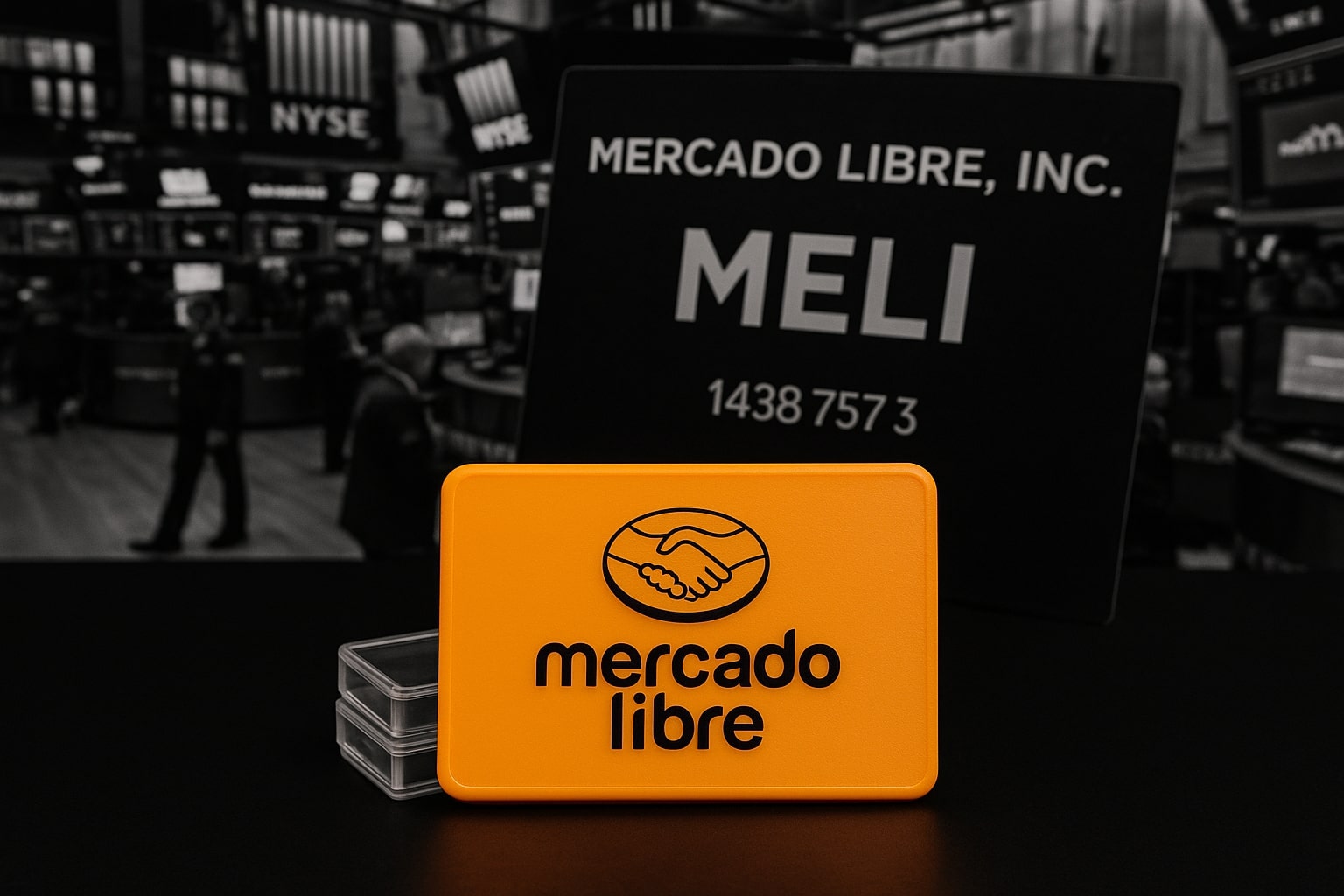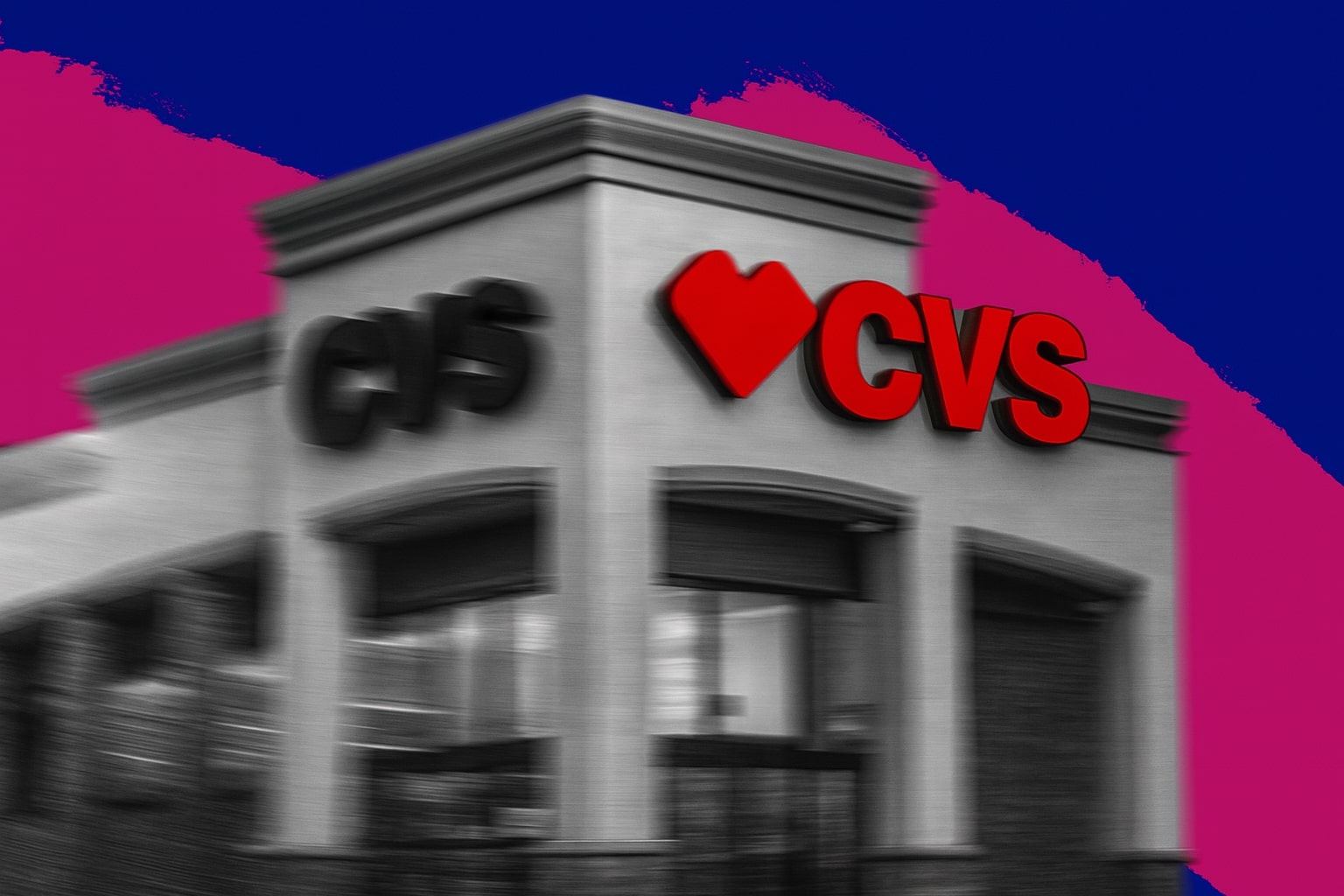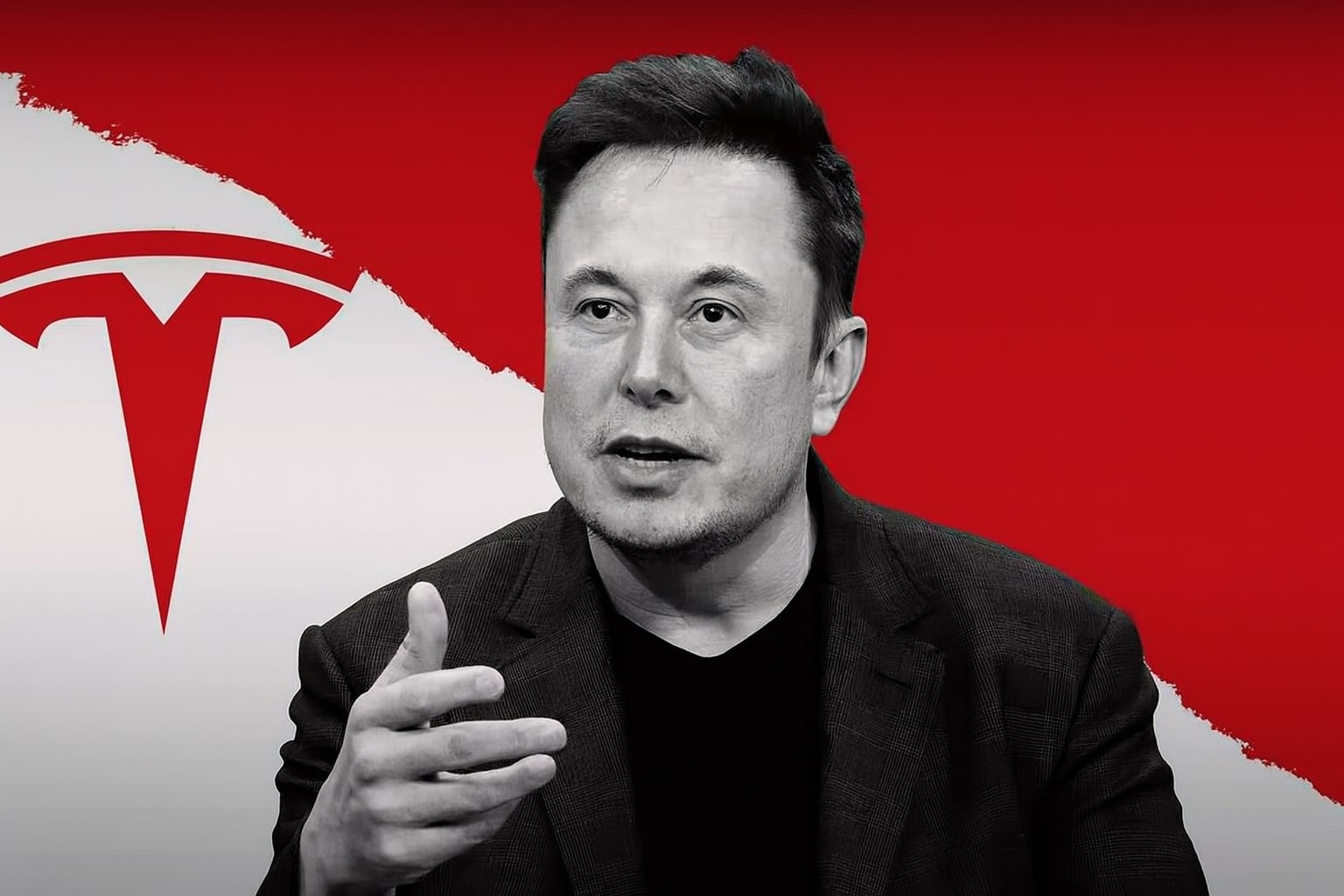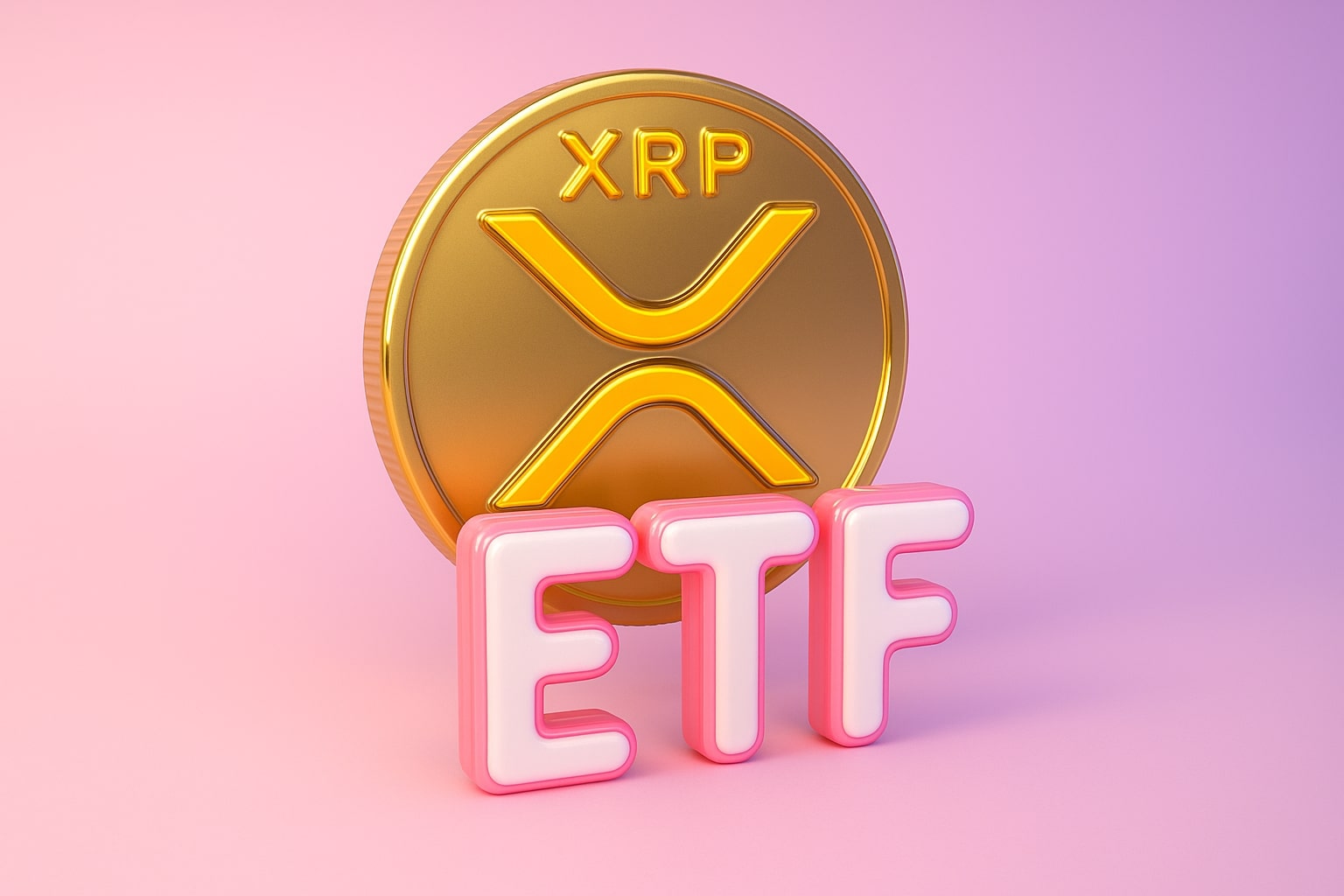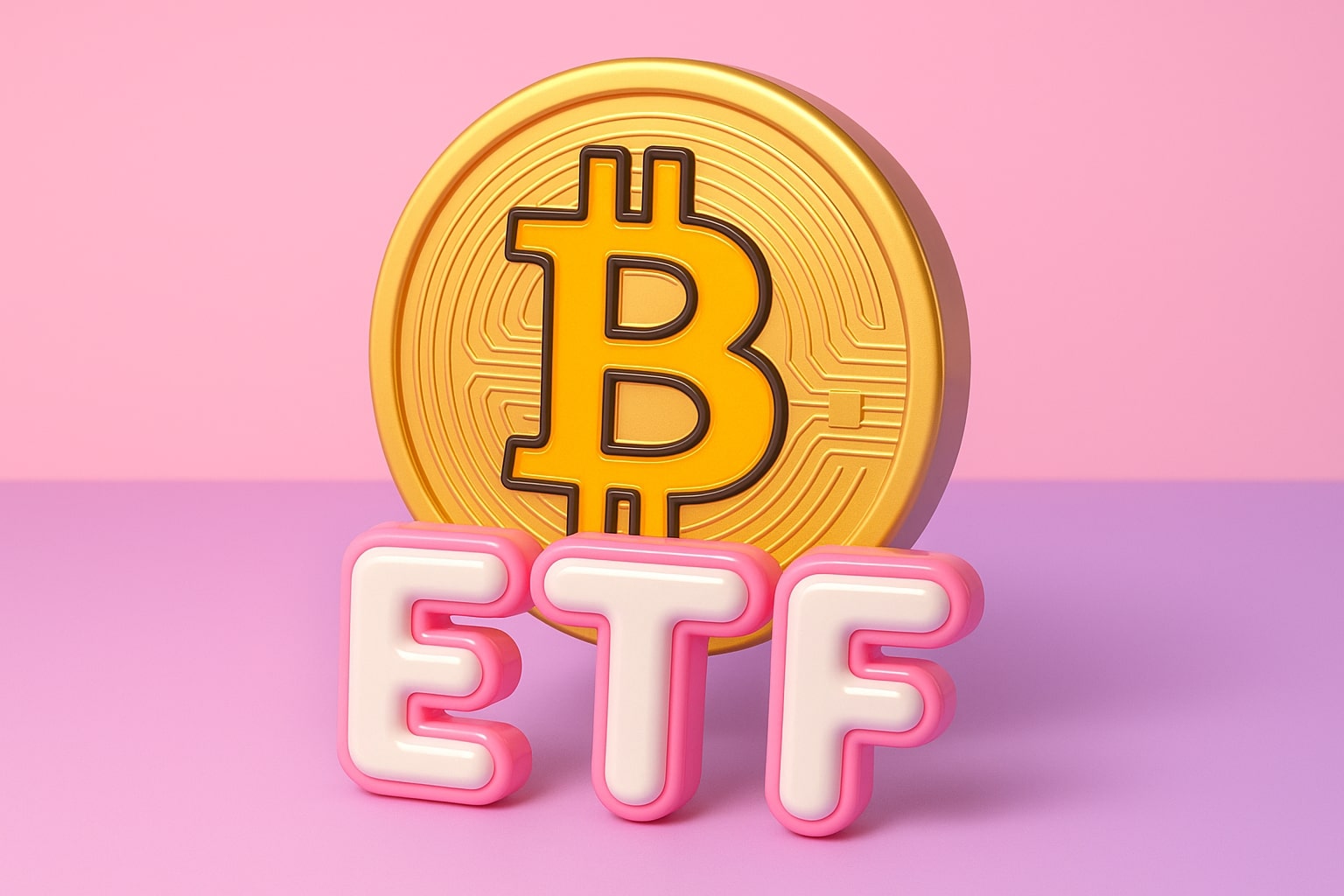MercadoLibre (NASDAQ:MELI) Surges to $2,275 as Latin America’s E-Commerce and Fintech Titan Targets 67% Upside
MercadoLibre (NASDAQ:MELI) ended Thursday’s session up 4.36% at $2,275, extending a two-week rebound from its $2,170 base as investors reassessed growth potential following two contrasting earnings reactions. With a market capitalization of $115.3 billion, a trailing P/E ratio of 55.49, and a forward multiple of 32.26, the stock continues to price in aggressive expansion expectations across Latin America’s digital economy. Analysts’ average 12-month target of $2,887.73 implies a further 27% upside, while long-term DCF models place intrinsic value near $3,649, projecting a potential 67% appreciation from current levels.
E-Commerce Core Expands at 29% YoY; Marketplace Delivers 21% GMV Growth
MercadoLibre’s second quarter of fiscal 2025 demonstrated the durability of its platform model despite heightened competitive pressures. Total revenue grew 39% year-over-year to $6.8 billion, with the commerce segment contributing $3.8 billion, up 29% YoY, driven by strong 21% growth in gross merchandise volume (GMV).
Regional data show Argentina led with 69% YoY revenue expansion to $520 million, despite a 43% surge in consumer prices and 30% peso depreciation. Brazil and Mexico, which together generate over 60% of total sales, posted 24–25% top-line growth in U.S. dollar terms but closer to 35–41% in local currencies, underscoring resilience despite FX headwinds.
Fintech Revenue Climbs 40% YoY to $2.95B; Loan Book Jumps 91%
MercadoLibre’s fintech engine, Mercado Pago, remains its most powerful driver of ecosystem stickiness. The platform’s monthly active users climbed past 68 million, up 30% year-over-year, while assets under management doubled to $13.8 billion. Fintech revenue rose 40% YoY to $2.95 billion, bolstered by a $451 million gain from expanding credit operations and $395 million in financial services growth tied to off-platform payment volume and higher transaction velocity.
The credit portfolio swelled 91% YoY to $9.3 billion, with delinquency between 50–90 days past due at 7% and non-performing loans (NPLs) steady at 18.5%. Despite high growth, net interest margin after losses (NIMAL) eased to 23%, reflecting a higher credit card mix. Management expects profitability in card lending across Mexico and Argentina by 2026, having already achieved it in Brazil, the company’s largest lending market.
Operating Margin Compression Temporary Amid Growth Investment
While total revenue outpaced expectations, margins narrowed due to deliberate reinvestment. Operating margin slipped 210 basis points to 12.2%, as operating expenses grew 38% YoY, mainly from a 47% surge in sales and marketing costs linked to free-shipping subsidies and regional advertising expansion.
Provision for doubtful accounts also climbed 53% YoY to $690 million, though loan growth of 91% and 94% rise in net receivables demonstrate improving credit quality. Management expects leverage from scale to reverse near-term compression as advertising and fintech revenue — both higher-margin verticals — expand as share of total revenue.
Advertising Momentum Accelerates with Google Integration
The advertising division, Mercado Ads, recorded 38% YoY revenue growth in Q2 2025 following the rollout of a Google Ad Manager integration, enhancing campaign measurement and automation. This move positions MercadoLibre to capture larger enterprise budgets while retaining small seller engagement. The ad unit now accounts for roughly 6% of consolidated revenue, up from 4% a year ago, with margins above 70%, materially supporting overall profitability.
Mi Página Launch Replaces Mercado Shops; Deepens Platform Lock-In
MercadoLibre is phasing out its Mercado Shops tool and introducing Mi Página, enabling merchants to create branded storefronts embedded directly within its marketplace. This shift boosts user retention and data collection by keeping transactions fully internal. Sellers benefit from increased buyer traffic, while MELI captures incremental advertising and logistics revenue. Analysts project the initiative could raise merchant conversion rates by 8–12% and strengthen ecosystem monetization.
Credit Risk Stable Amid Macroeconomic Volatility
Despite Argentina’s inflationary backdrop and monetary tightening cycles in Brazil and Mexico, credit quality remains intact. The company’s strategic reliance on existing ecosystem users for loan origination ensures higher repayment priority. 7% of loans are 50–90 days past due, while total NPLs remain flat YoY, suggesting disciplined risk management. Compared with regional banking peers, where consumer NPL ratios exceed 25% in Argentina and 11% in Brazil, MELI’s metrics appear notably stronger.
Competitive Landscape: MELI Defends Share Against Temu, Shein, and Amazon
MELI’s decision to lower Brazil’s free-shipping threshold from 79 to 19 reais earlier in 2025 increased fulfillment costs but neutralized aggressive penetration attempts by Temu, Shein, and Shopee. Analysts estimate the temporary subsidy reduced quarterly margin by 90–100 basis points, but helped stabilize GMV growth above 29% in Brazil. Logistics continues to be MELI’s dominant moat — its Mercado Envios network handled 57% of regional shipments and 75% in Mexico, achieving record same-day delivery rates.
With the World Bank estimating Latin American logistics costs at up to 35% of product value, compared to 8–10% in OECD economies, MELI’s first-mover infrastructure advantage remains unmatched.
Valuation: Strong Earnings Growth Supports 67% DCF Upside
DCF modeling using a 3% terminal growth rate and 10-year projection horizon yields an equity valuation of approximately $185 billion, or $3,649 per share. The implied upside from the current $2,275 close equals 67%, with revenue projected to grow 25–30% annually through 2030 and operating margins expanding ~1% per year. Consensus forecasts see 2025 EPS at $43.87, rising 50% YoY to $66.51 in 2026, while revenue climbs from $28.2 billion to $35.7 billion over the same period.
Financial Strength and Return Metrics Remain Elite
Over the trailing twelve months, MercadoLibre generated $24.1 billion in revenue, $2.05 billion in net income, and posted a profit margin of 8.52%. Return on equity surged to 43.83%, among the highest in the global e-commerce sector, while return on assets stood at 7.0%.
Cash reserves totaled $3.98 billion, against $9.01 billion in debt, representing a 157.7% debt-to-equity ratio. While leverage is high, the company’s $8.47 billion in operating cash flow comfortably supports reinvestment. MELI’s beta of 1.46 underscores its volatility, typical for a high-growth compounder.
Regulatory and Credit Exposure Risks
Mexico’s antitrust authority, COFECE, continues to review MercadoLibre’s logistics and marketplace dominance, with potential requirements for operational adjustments or fines. Regulatory scrutiny across Brazil and Argentina on data privacy and payments remains active but not existential.
The key fundamental risk is credit cyclicality — with a $9.3B loan portfolio, rising delinquencies could compress earnings during macro downturns. Yet management’s data-driven credit modeling and integration with Mercado Pago transactions mitigate systemic exposure.
Investor Sentiment and Institutional Positioning
Institutional investors hold 84.7% of MELI’s float, with short interest at a modest 1.69%, equivalent to 855,000 shares. Insider holdings of 7.3% reflect continued executive confidence, as confirmed by recent disclosures on TradingNews insider transactions.
Average daily volume sits near 390,000 shares, while 10-day turnover surged 51% following the October rebound, signaling renewed accumulation among long-term funds.
Growth Outlook: Regional Expansion and Vertical Integration
MELI’s next growth phase centers on broadening digital finance reach and expanding sector diversification. The company is entering Brazil’s online pharmaceutical market following its first drugstore acquisition, leveraging Mercado Envios for fulfillment and Mercado Pago for checkout integration. Additionally, management is piloting embedded insurance products within its app, targeting small businesses and credit customers.
By 2026, fintech and advertising are projected to represent 45% of total revenue, compared with 36% today, driving blended margin expansion toward 15%.
Verdict: Strong Buy — Fundamental Momentum and Structural Dominance
Based on consolidated financial strength, high ROE, superior logistics infrastructure, and accelerating fintech adoption, MercadoLibre (NASDAQ:MELI) remains a Strong Buy.
The stock’s $2,275 price reflects short-term profit-taking rather than fundamental deterioration. Upside catalysts include a return to 15% operating margin, expansion of the credit portfolio toward $12B, and fintech-driven cash flow acceleration.
With consensus target of $2,887, intrinsic value at $3,649, and forecast 25–35% annualized total return, MELI stands as the premier Latin American technology compounder. For long-term investors, the stock remains undervalued relative to growth, with a projected path to $3,500–$3,650 by mid-2026, supported by relentless innovation and expanding regional dominance.
That's TradingNEWS














